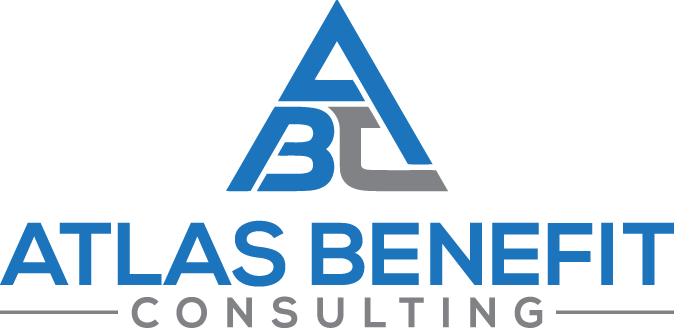The third most common veteran disability is Post Traumatic Stress Disorder (PTSD). PTSD is a psychiatric disorder that can occur in people who have witnessed or experienced a traumatic event. It was referred to as “shell shock” during WWI or “combat fatigue” during WWII.
Veteran PTSD Numbers
Veterans are not the only ones suffering, but they make up the majority of reported cases. Statistics report an estimated 10-20% of veterans suffer from PTSD. The actual number is likely to be higher, as not all veterans recognize the symptoms, or seek treatment/medical diagnosis. Why? Lack of community resources, not enough information or knowledge, and feeling shame or embarrassment are the top reasons veterans may not be willing to see a doctor or talk about their condition.
Crush the Stigma
It is CRUCIAL to have support! We stand for awareness and no shame on any mental health disability. These factors may help promote recovery and better coping of PTSD:
- Seeking out support from other people, such as friends, fellow vets, or family
- Being involved in a support group where others understand what you are going through
- Learning positive coping mechanisms to help you process the event and symptoms that come with it
- Learning to act and respond effectively, despite feeling fear and negative emotions
All of the above come from knowledge and SUPPORT!
Increasing Factors
Several factors increase the likelihood that a veteran will experience PTSD sometime in their lifetime:
- Service area – For example, Vietnam Veterans are considered most likely to have PTSD; up to 30% will have experienced it sometime in their life.
- Women veterans are more likely to suffer from PTSD than men, as women experience Military Sexual Trauma (MST) at a much higher rate, and MST can lead to PTSD.
- Combat veterans face an increased risk- They are more likely to suffer from service-related injuries, and experience or witness traumatic events.
Diagnosis & Symptoms of PTSD
According to the National Institute for Mental Health (NIMH), to be diagnosed with PTSD, an individual must have the following for at least 1 month:
- At least 1 Avoidance Symptom: Avoidance symptoms include staying away from events, people, or things that are reminders of the traumatic experience, or avoiding thoughts or feelings related to the experience.
- At least 1 Re-Experiencing Symptom: Re-Experiencing Symptoms include flashbacks, physical symptoms like a racing heart, sweating, bad dreams, and/or disturbing or frightening thoughts.
- At least 2 Cognition and Mood Symptoms: Cognition and Mood Symptoms include loss of interest in activities, distorted feelings of guilt, loss, blame, negative thoughts about themselves or the world, difficulty remembering features of the event, and feeling emotionally numb. These symptoms generally make the individual feel disconnected from friends, family, and society.
- At least 2 Arousal and Reactivity Symptoms: Arousal and Reactivity Symptoms include having difficulty sleeping, being on edge or more tense, easily startled, and angry or uncharacteristic outbursts.
VA Disability Benefits for PTSD
Veterans may be eligible for PTSD disability benefits if they experienced a traumatic event during service and experience some of the symptoms as the result of the event, known as the “stressor”.
Direct Service Connection requirements:
- A current and formal diagnosis by a healthcare provider, such as a general practitioner, psychiatrist or therapist
- A statement from the veteran about the stressor that occurred during service. The occurrence must generally be consistent with the circumstances of the veteran’s service. The VA may require some veterans to have evidence that shows the stressor. This can include statements from other veterans (buddy statements), military records, media reports, police reports, and more.
- If a medical nexus (link) is necessary, it must show that the PTSD is as likely related to the stressor as not. The VA will likely require a medical opinion, but you may seek an outside medical/psychological expert opinion as well.
Your Next Steps
Navigating the VA process can be extremely overwhelming. This is why it is CRUCIAL to have someone on your team that can help you get through this process as smoothly and quickly as possible, leading you to the rating and benefits you need and deserve. That’s what we do! Use the below button for more information and a free consult with a member of our team, and find out how we can help you! Don’t navigate alone.
Click Here for Info on Your Free Consultation
